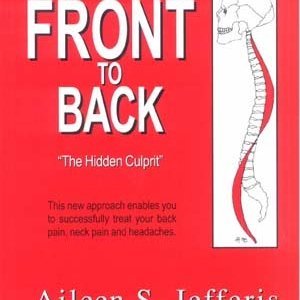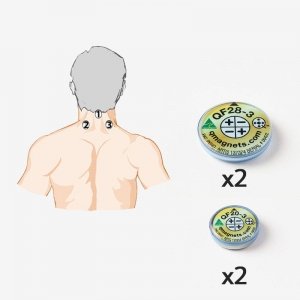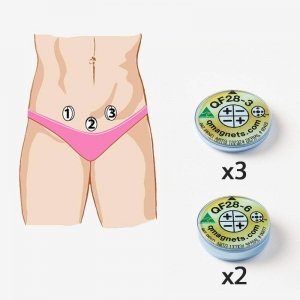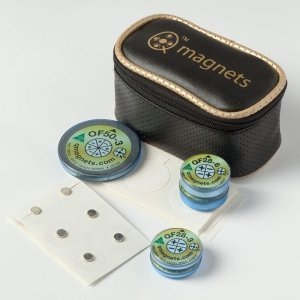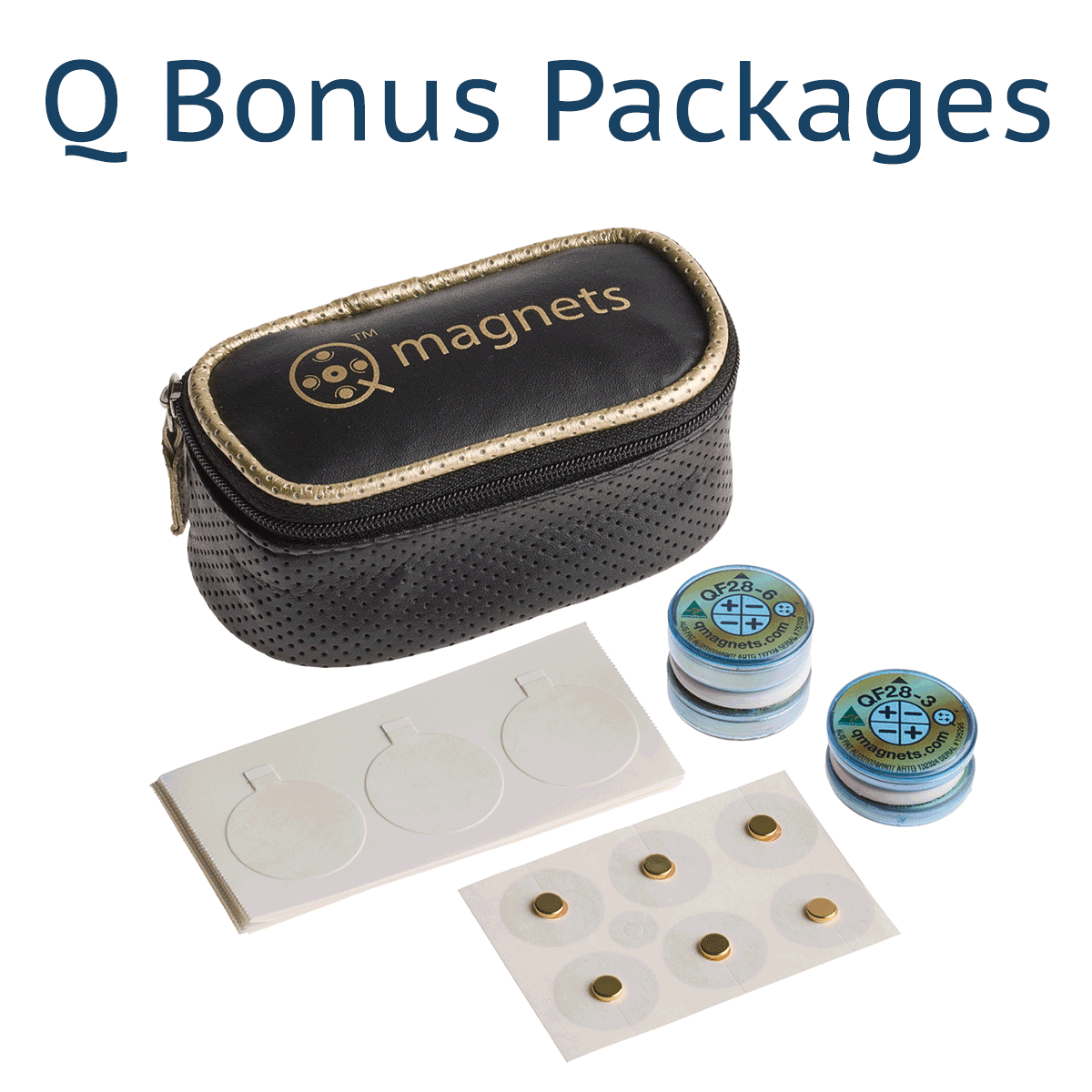In the developing fields of biohacking and alternative therapies, the advantages of static magnetic fields are attracting greater attention. A recent article in Neuroscience News explores how Transcranial Magnetic Stimulation (TMS) can be optimized to treat depression, highlighting the broader possibilities of magnetic therapies. Drawing parallels from TMS, it’s obvious that static magnets can also be optimized to enhance their therapeutic benefits for various conditions, including chronic pain and injury recovery.
The Science Behind Magnetic Therapy
Magnetic therapy, including the use of static magnets, operates on the principle that magnetic fields can influence cellular activity, nerve function and blood flow. This, in turn, can reduce inflammation, enhance healing, and provide pain relief. While TMS utilizes dynamic magnetic fields to stimulate specific brain regions, static multipolar magnets can be strategically placed to target affected areas of the body, offering localized therapeutic effects. By offering many different sizes and magnetic orientations, Q magnets allow the practitioner or end user to optimise their own treatment.
During TMS, researchers have been able to measure electrophysiological markers and observe that changing the stimulation site or angle of the magnetic coil, changes the brain’s response during treatment. Through this optimisation process, researchers hope to tweak the treatment parameters and improve the clinical outcomes.
Optimizing Static Magnetic Fields for Pain Relief
At Neuromagnetics Australia, we have developed a range of multipolar magnets designed to improve the user’s quality of life. The optimization of these static magnetic fields involves several key factors:
- Field Strength and Configuration: Different conditions require varying field strengths and configurations. For instance, our QF28-3 magnets are engineered to deliver a specific field intensity and gradient that is ideal for managing localized pain with larger joints such as the knee and shoulder. Health practitioners can contact us and ask for our Practitioner Reference Guide.
- Placement and Duration: Proper placement is crucial for maximizing the benefits of static magnets. Our suggested placements, available on the Q Magnets website, provide detailed guidance on where to position the magnets for various types of pain and injuries. The duration of application also plays a significant role in achieving optimal results.
- Combination Therapies: Integrating static magnets with other treatments, such as physical therapy, acupuncture or traditional pain management techniques, can enhance overall efficacy. For example, using magnets alongside ice, rest, and elevation can accelerate recovery from oft tissue injuries.
Case Study: Migraines and Static Magnets
A personal anecdote highlights the potential of static magnets in managing migraines. After a football head injury in my teenage years, I suffered from annual migraines characterized by blurred vision, severe headaches, and nausea. Traditionally, I relied on medication for relief. However, returning home from an overseas flight demonstrated the power of Q magnets. By placing two QF28-3 magnets over my temples during the onset of a migraine, I could sense my blurred vision disappearing within minutes. This rapid reduction in symptoms gave me the confidence to avoid taking the medication and carry on with my day.
Looking dishevelled after an international flight.
Future Directions in Magnetic Therapy
The advancements in TMS for depression, as highlighted in the Neuroscience News article, inspire further research and development in static magnetic therapies. By leveraging biomarker-based approaches and personalized treatment plans, the precision and effectiveness of static magnets for a wider range of conditions can be enhanced.
At Q magnets, we are committed to exploring and harnessing the full potential of static magnetic fields. Our ongoing research and product development aim to provide safe, non-invasive, and highly effective solutions for pain relief and injury recovery.
Conclusion
Static magnetic fields hold significant promise for therapeutic use. By optimizing field strength, placement, and integration with other treatments will unlock new possibilities for managing pain and accelerating recovery. Visit Q magnets to learn more about our innovative products and how they can help you live a pain-free life.
Stay informed and empowered with the latest advancements in magnetic therapy and explore the transformative potential of Q magnets today.
References:
Gogulski Juha, et al (2024). Reliability of the TMS-evoked potential in dorsolateral prefrontal cortex. Cereb Cortex. 2024 Apr 1;34(4):bhae130. PMID: 38596882, doi
Tailoring Magnetic Stimulation for Depression. https://neurosciencenews.com/tms-depression-biomarker-26363/ . Accessed 6/7/2024




